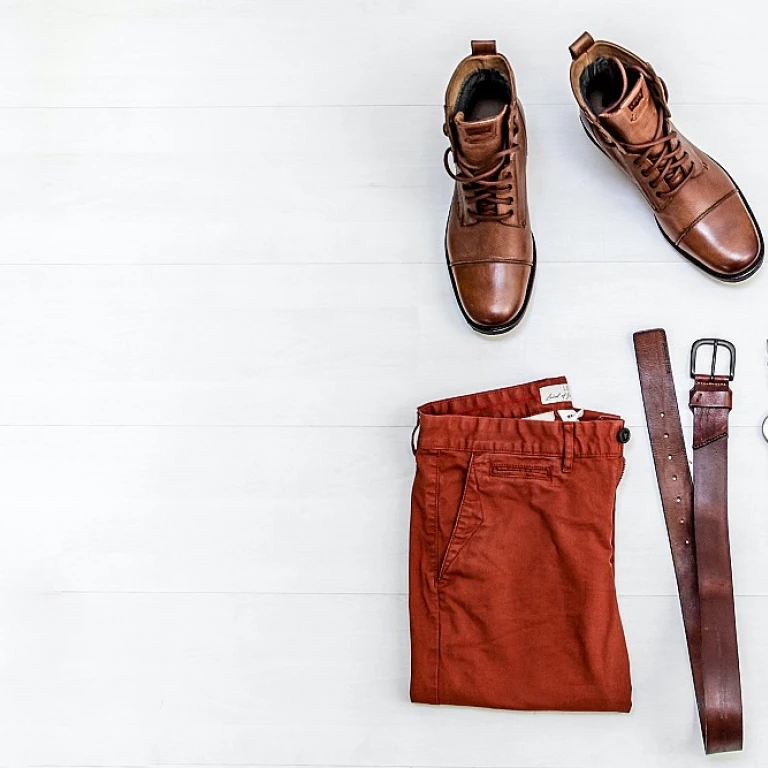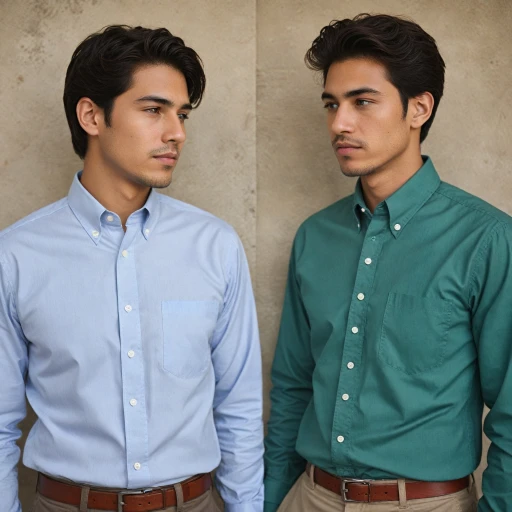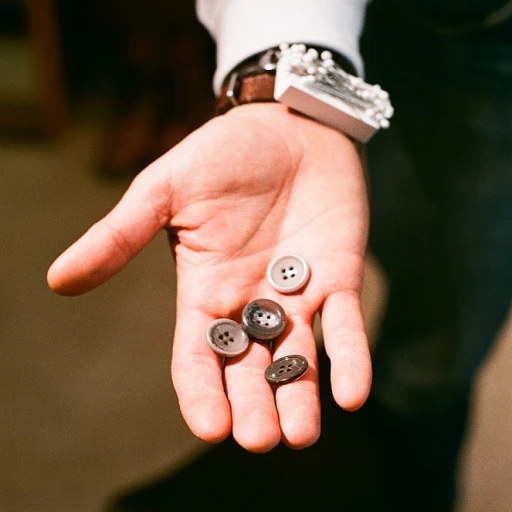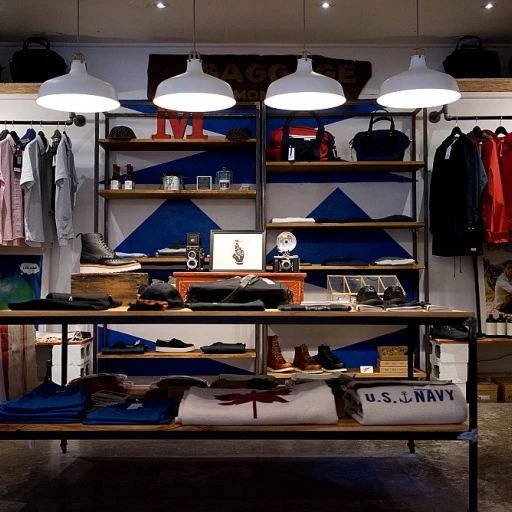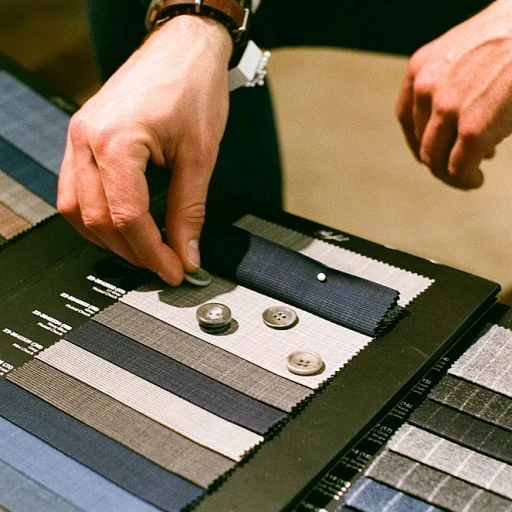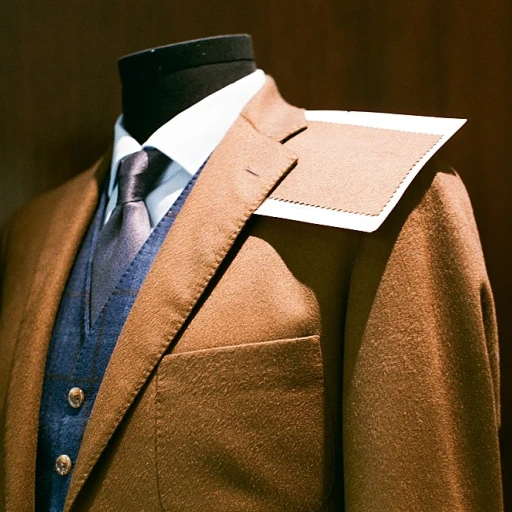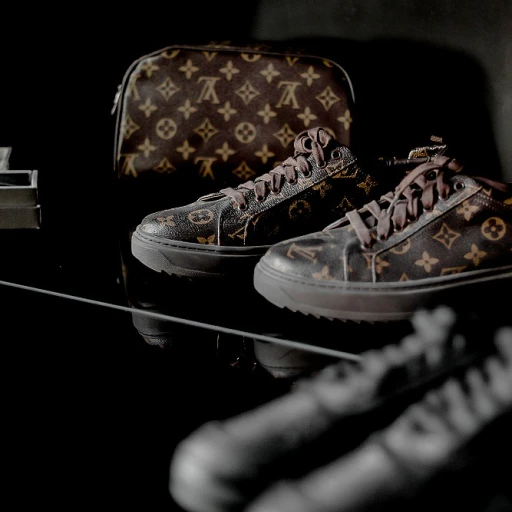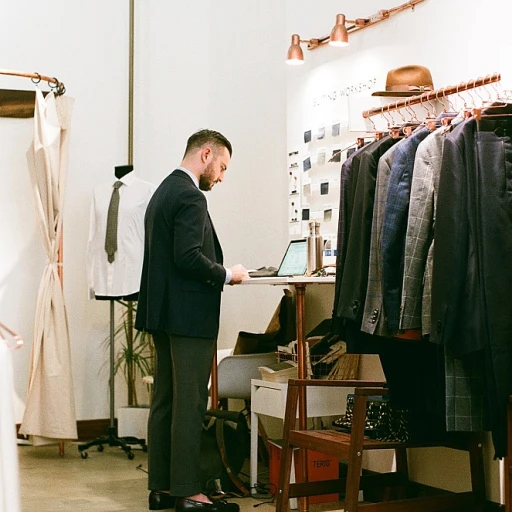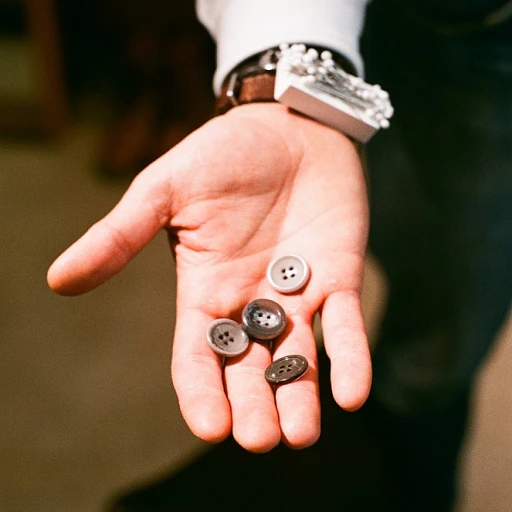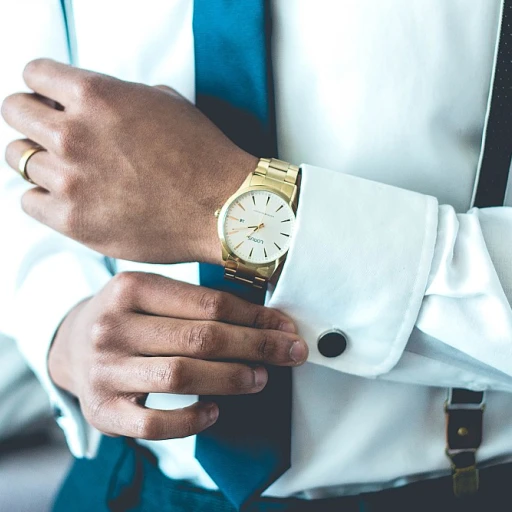
Understanding the Basics: Two-Piece vs. Three-Piece
Decoding the Components: Two-Piece or Three-Piece?
When deciding between a two-piece suit and a three-piece suit, it’s important to grasp the core components of each. A two-piece suit includes a suit jacket and matching trousers. This classic choice offers simplicity, being versatile enough for both formal events and smart casual occasions. On the other hand, a three-piece suit takes things up a notch by introducing a waistcoat, also known as a vest. This additional piece not only adds a layer of sophistication but also allows for more styling options, particularly in more traditional or formal environments such as weddings or black-tie affairs. Choosing the right suit has implications on one's comfort and practicality, as well as the suit’s overall fit. For those who enjoy the timeless appeal of a double-breasted or single-breasted jacket, or even a tweed finish, the choice can significantly impact your personal style. More layers mean more opportunities for style adjustments through the use of ties, pocket squares, or even cufflinks. Overall, understanding these basics lays the groundwork for knowing when to opt for two pieces or to wear three. Explore more about classic suits styles in our detailed guide on the allure of the black navy suit for further sartorial insights.Occasions and Suitability
When to Wear a Two-Piece vs. a Three-Piece Suit
Choosing the right suit for an occasion can vastly impact your style statement. While both two-piece and three-piece suits offer distinct advantages, their suitability often depends on the event in question. A classic two-piece suit, consisting of a jacket and trousers, is versatile and ideal for many settings, ranging from business meetings to formal events such as weddings.
A three-piece suit, which includes an additional waistcoat or vest, tends to exude an added layer of sophistication. This makes it a preferred choice for occasions where traditional and formal wear is expected. Events where you want to leave a lasting impression, such as black tie affairs, often call for the elegance of a three-piece.
For many men, the choice between these suit styles can come down to the nature of the event. If the affair leans more towards a relaxed yet smart casual atmosphere, such as a daytime wedding or corporate lunch, the simplicity of a two-piece suit can offer comfort and style. On the other hand, an evening reception or a formal gala might warrant a more classic approach, where wearing a three-piece suit could be the better choice.
Consider the impact of your suit choice on your personal style as well, and keep in mind the general formality level of your social events calendar.
If you're unsure about when to opt for one style over the other, understanding the distinction between a tuxedo and a suit can also guide your decision-making. For more on this topic, visit the distinction between a tuxedo and a suit.
Style and Aesthetic Appeal
Accentuating Your Persona: The Style and Aesthetic of Suit Pieces
When it comes to making a sartorial statement, the choice between a two-piece and a three-piece suit plays a pivotal role in defining a man's personal style. Each option brings its own flair to the table, allowing men to accentuate their individuality while maintaining a sense of timeless elegance.
A two-piece suit, consisting of a suit jacket and trousers, offers a classic look that is versatile for both formal events and smart casual settings. It is often seen as the epitome of straightforward sophistication. The single breasted or double breasted jacket, combined with the right fit, reflects a well-tailored garment that resonates with those who appreciate simplicity in fashion.
On the other hand, the addition of a waistcoat in a three-piece suit elevates the formality and style, making it an ideal choice for an upscale occasion like a wedding or black tie event. Wearing three pieces introduces a touch of classic charm that is reminiscent of bygone eras, yet it continues to exude modernity when styled correctly.
A three-piece suit allows for more experimentation with colors and patterns, such as tweed or pinstripes. This layering piece not only adds depth to your ensemble but also offers an opportunity to exhibit a meticulous eye for detail. However, it's crucial to ensure that all elements—waistcoat, suit jacket, and jacket trousers—coordinate seamlessly, maintaining a harmonious balance.
Color and fabric choice further contribute to the aesthetic appeal. Opt for a classic or contemporary fit that flatters your physique. Consider the environment you'll be in; a lighter fabric and color will suit a day event, while darker tones like navy or charcoal work well at night.
Ultimately, the decision between a two-piece and a three-piece suit should reflect your personality while adhering to the dress code of your chosen occasion. This choice will also influence how you accessorize; for guidance on the perfect pairings, explore this comprehensive guide on tailored French cuffs, which can further complement your suit style.
Comfort and Practicality
Comfort and Practicality in Suit Selection
When it comes to choosing between a two-piece and a three-piece suit, comfort and practicality play a significant role in your decision-making process. Each suit type offers distinct advantages, depending on the occasion and your personal style preferences.
The two-piece suit, consisting of a jacket and trousers, is often favored for its simplicity and ease of wear. It provides a classic look that is suitable for a variety of formal events, from business meetings to weddings. The absence of a waistcoat in a two-piece suit allows for greater freedom of movement, making it a practical choice for men who prioritize comfort.
On the other hand, the three-piece suit, which includes a waistcoat, adds an extra layer of sophistication and formality. This additional piece can enhance your overall style, especially in formal settings such as black tie events or weddings. However, wearing three pieces can sometimes feel restrictive, particularly in warmer climates or during long events.
Consider the fabric of your suit as well. A tweed suit, for instance, offers warmth and a classic aesthetic, making it ideal for cooler weather. Meanwhile, lighter materials can provide comfort during warmer months, ensuring you look sharp without compromising on comfort.
Ultimately, the choice between a two-piece and a three-piece suit should align with your personal style and the specific demands of the occasion. Whether you opt for a single-breasted or double-breasted jacket, ensure that the fit is well-tailored to your body, as a well-fitted suit enhances both comfort and appearance.
Accessorizing Your Suit
Elevating Your Suit with the Right Accessories
Accessorizing a suit is an art unto itself, one that allows men to express personal style while enhancing the formal wear's overall appeal. Whether you're opting for a two-piece or a three-piece setup, strategic accessory choices can make a significant impact.- Ties and Pocket Squares: A classic tie can align a suit towards a more formal demeanor, especially for events like weddings. A pocket square adds a splash of color without overshadowing the ensemble, enhancing the suit jacket's character.
- Waistcoat Considerations: For those wearing a three-piece suit, the waistcoat is not just an extra layer; it provides an added opportunity for style expression. Opt for a contrast or complementary color to your jacket and trousers to add depth.
- Footwear: Choose formal shoes that match the overall tone of your suit. For guidance on shoe color options, consult reliable fashion sources that provide tips on coordinating with grey suits.
- Watches and Jewelry: Subtlety is key. A sleek watch serves as a timeless accessory, while minimal jewelry can add a touch of elegance without overwhelming the outfit.
- Tie Pins and Cufflinks: These pieces make a statement and provide a polished finish to any suit setup. Ensure they match or complement your tie and other metal accents in your outfit.
Making the Right Choice for Your Wardrobe
Building a Versatile Wardrobe
When it comes to choosing between a two-piece suit and a three-piece suit, understanding your personal style and the occasions you typically attend is crucial. Both options have their merits, and the right choice will depend on your lifestyle and fashion preferences.
For men who frequently attend formal events, such as weddings or black-tie affairs, a three-piece suit can offer a classic and sophisticated look. The addition of a waistcoat not only elevates the formality but also provides an extra layer of warmth, which can be beneficial in cooler climates or venues. Opting for a three-piece suit in materials like tweed can add texture and depth to your ensemble, making it a standout choice for special occasions.
On the other hand, a two-piece suit is a versatile staple that can transition seamlessly from formal to smart casual settings. Whether you're attending a business meeting or a semi-formal event, a well-fitted two-piece suit can convey professionalism and style. Pairing your suit jacket and trousers with a tie or opting for a double-breasted jacket can further enhance your look, allowing you to adapt to various dress codes with ease.
Considerations for Fit and Comfort
When deciding between these suit options, comfort and fit should not be overlooked. A suit that fits well will not only look better but also feel more comfortable throughout the day. Pay attention to the fit of the jacket, trousers, and, if applicable, the waistcoat. A single-breasted jacket offers a more relaxed fit, while a double-breasted option can provide a more structured appearance.
Ultimately, the choice between a two-piece and a three-piece suit should reflect your personal style and the demands of your wardrobe. By considering the occasions you'll wear the suit, the style you wish to project, and the comfort you desire, you can make an informed decision that enhances your fashion-forward approach to menswear.

